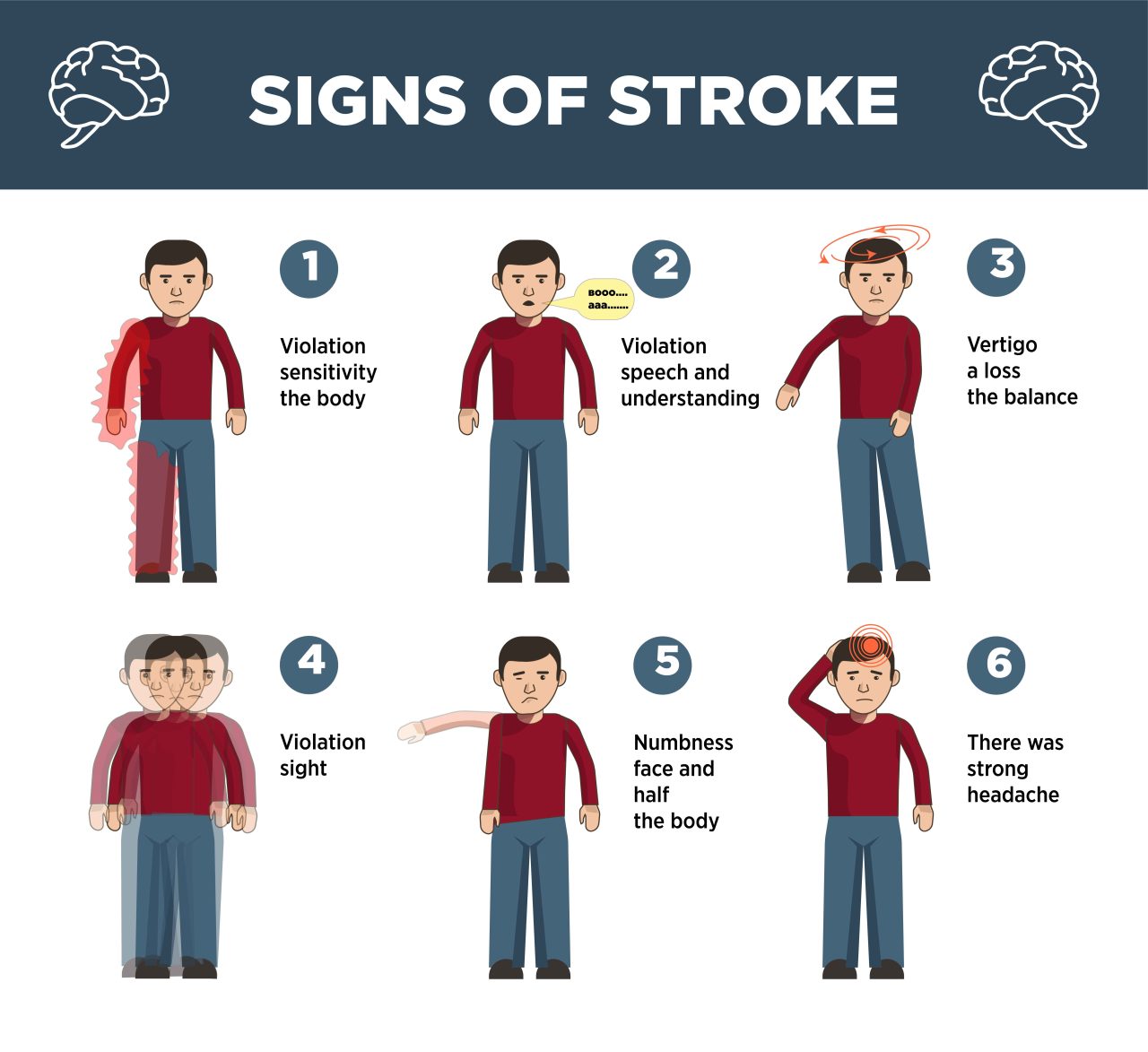Every year, about 795,000 people in the United States have a stroke, and nearly 140,000 die as a result. In honor of Stroke Awareness Week, let’s take a closer look at what a stroke is, the risk factors, and what you can do to prevent one.
May is recognized as National Stroke Awareness Month, with the aim of raising awareness about this potentially fatal condition.
Strokes are the fifth leading cause of death in the United States and a leading cause of adult disability.
What is a stroke?
A stroke occurs when blood flow to the brain is interrupted or reduced. When this happens, brain cells can die, leading to serious complications or even death. There are two main types of stroke: ischemic and hemorrhagic. Ischemic strokes are caused by a blockage in the blood vessels that supply blood to the brain, while hemorrhagic strokes are caused by bleeding in the brain.
What are the risk factors for stroke?
Several factors can increase your risk of having a stroke, including:
- High blood pressure is the leading cause of stroke, and it increases your risk of stroke by up to six times.
- Smoking can damage the blood vessels and increase your risk of stroke.
- Diabetes can damage the blood vessels and increase your risk of stroke.
- High cholesterol can lead to the buildup of plaque in the blood vessels, which can increase your risk of stroke.
- If a close family member has had a stroke, your risk of stroke may be increased.
- The risk of stroke increases as you get older.
- Women are more likely to have a stroke than men.
- African Americans and Hispanics are at a higher risk of stroke than other races.
What are the warning signs of a stroke? Show Stroke Awareness

It is important to recognize the warning signs of a stroke so that you can seek medical attention right away. The most common warning signs of a stroke include:
- Sudden weakness or numbness in the face, arm, or leg, especially on one side of the body.
- Sudden confusion, trouble speaking, or understanding speech.
- Sudden trouble seeing in one or both eyes.
- Sudden trouble walking, dizziness, loss of balance, or coordination.
- Sudden severe headache with no known cause.
If you or someone you know is experiencing any of these warning signs, call 911 immediately.
What can you do to prevent a stroke?
There are several steps you can take to reduce your risk of stroke, including:
- Manage your blood pressure: High blood pressure is a leading cause of stroke, so it is important to keep it under control.
- Quit smoking: Smoking can damage the blood vessels and increase your risk of stroke, so quitting smoking is important.
- Manage your diabetes: Diabetes can damage the blood vessels and increase your risk of stroke, so it is important to keep your blood sugar levels under control.
- Manage your cholesterol: High cholesterol can lead to the buildup of plaque in the blood vessels, which can increase your risk of stroke, so it is important to manage your cholesterol levels.
- Exercise regularly: Regular exercise can help reduce your risk of stroke by improving your overall health.
- Eat a healthy diet: A healthy diet can help reduce your risk of stroke by improving your overall health.
- Limit alcohol consumption: Drinking too much alcohol can increase your risk of stroke, so it is important to limit your alcohol consumption.
Stroke awareness is good because strokes are a serious and potentially fatal condition that can have long-term consequences. ACT FAST. World Stroke day is Oct 29.
